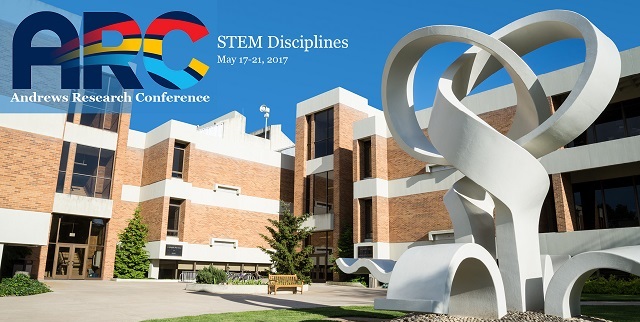Space Weather
Presenter Status
Professor of Engineering, Dept. of Engineering & Computer Science
Presentation Type
Plenary
Location
Chan Shun 108
Start Date
18-5-2017 7:30 PM
End Date
18-5-2017 8:30 PM
Presentation Abstract
Violent eruptive events originating at the sun are known to disrupt many aspects of modern technology including communications, navigation, and the power distribution grid. These “space weather” events are generally associated with geomagnetic storms, which involve strong interaction between the solar wind and the Earth’s magnetosphere. These events ultimately lead to the development of strong magnetospheric current systems and increased particle fluxes in the outer radiation belt, which can be hazardous to satellites and manned missions. One of the key features of the radiation belt environment is the variability in response to geomagnetic storms. While some storms increase radiation belt fluxes, other storms can deplete the radiation belts. This talk will review some of the processes responsible for energization and loss of radiation belt particles and challenges involved in modeling space weather.
Biographical Sketch
Dr. Jay R. Johnson joined the Department of Engineering and Computer Science in July 2016. Dr. Johnson earned his undergraduate degree in physics and math from the University of Colorado in 1987. He then attended the Massachusetts Institute of Technology, where under the direction of Dr. Tom Chang he received a PhD in physics in 1992, studying turbulence in the auroral region. After postdocs at the University of Alaska and MIT, he became a member of the research staff at Princeton Plasma Physics Laboratory in 1995. In 2005 he became the head of the space physics group, which he led until 2016.
Dr. Johnson’s areas of interest include theoretical plasma physics, particle energization and transport by waves in Earth’s magnetospheric environment, auroral acceleration processes, magnetosphere-ionosphere coupling, and causality in complex systems. In addition to his extensive research work, he also enjoys woodworking, playing musical instruments, canoeing, hiking, skiing, and spending time with his family.
Space Weather
Chan Shun 108
Violent eruptive events originating at the sun are known to disrupt many aspects of modern technology including communications, navigation, and the power distribution grid. These “space weather” events are generally associated with geomagnetic storms, which involve strong interaction between the solar wind and the Earth’s magnetosphere. These events ultimately lead to the development of strong magnetospheric current systems and increased particle fluxes in the outer radiation belt, which can be hazardous to satellites and manned missions. One of the key features of the radiation belt environment is the variability in response to geomagnetic storms. While some storms increase radiation belt fluxes, other storms can deplete the radiation belts. This talk will review some of the processes responsible for energization and loss of radiation belt particles and challenges involved in modeling space weather.



